- Category
- War in Ukraine
Is Russia’s War Against Ukraine Still Going On?
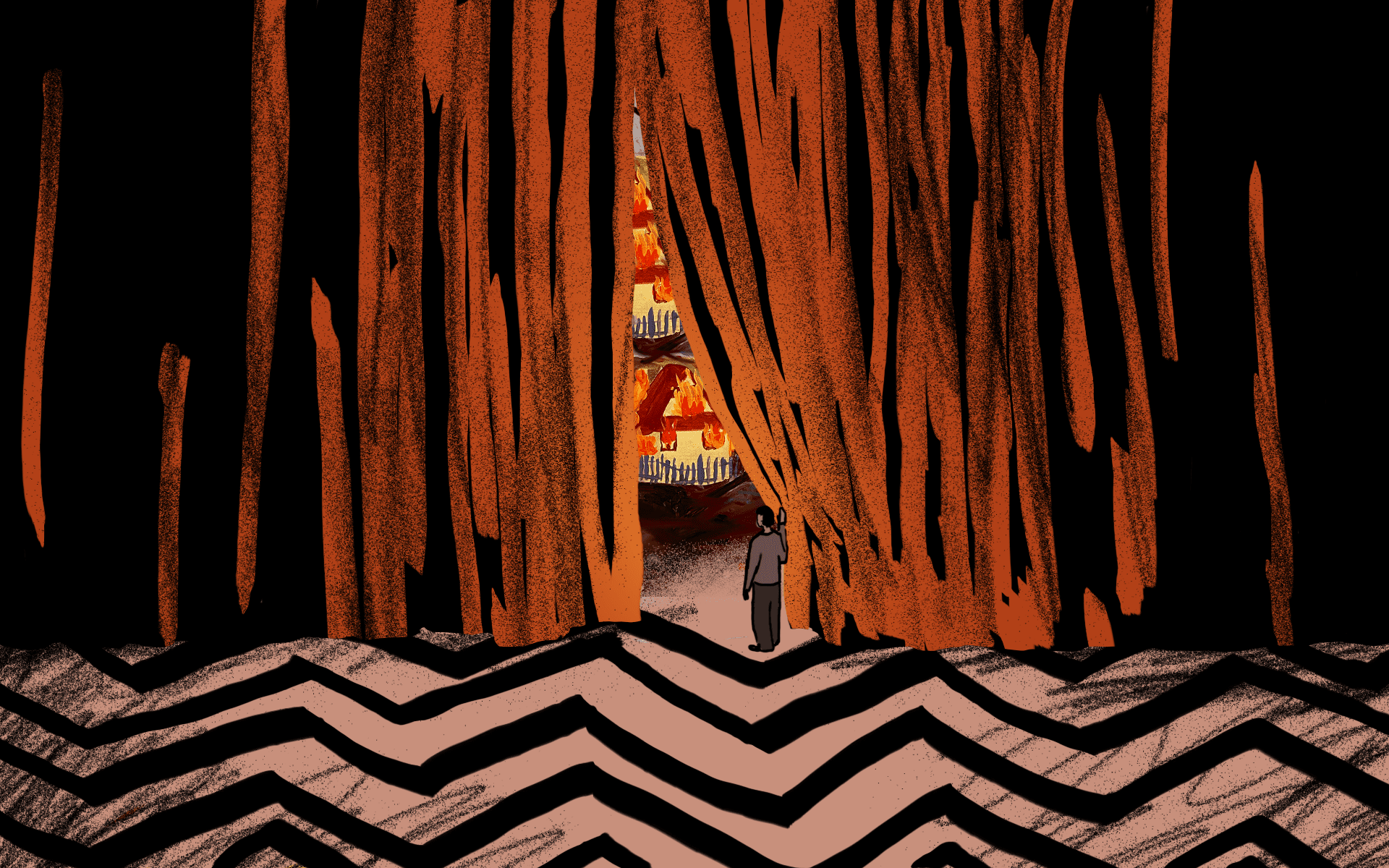
Many around the world remember Russia’s 2022 full-scale invasion of Ukraine, but after years of fighting, media coverage has dwindled, leaving some unsure if the war is still happening.
The short answer is yes. The long answer? It’s not just still happening; it’s growing in scale, shifting in tactics, and redefining the stakes for the entire world.
It’s been three years since Russian tanks, jets, missiles, drones, and ground troops crossed into Ukraine, occupying as much as 27% of the country at their peak. Since then, Ukraine has regained about half of the territory seized. However, the war is still ongoing, with Ukrainian forces holding the line against Russia’s relentless assaults, even as diplomats work with partners in Europe and the United States to negotiate a just and lasting end to the war.
It’s been described as the largest and most destructive war in Europe since World War II. Both sides fielded massive numbers of troops and equipment across a 1,200-kilometer (750-mile) front—roughly the distance from New York to Atlanta.
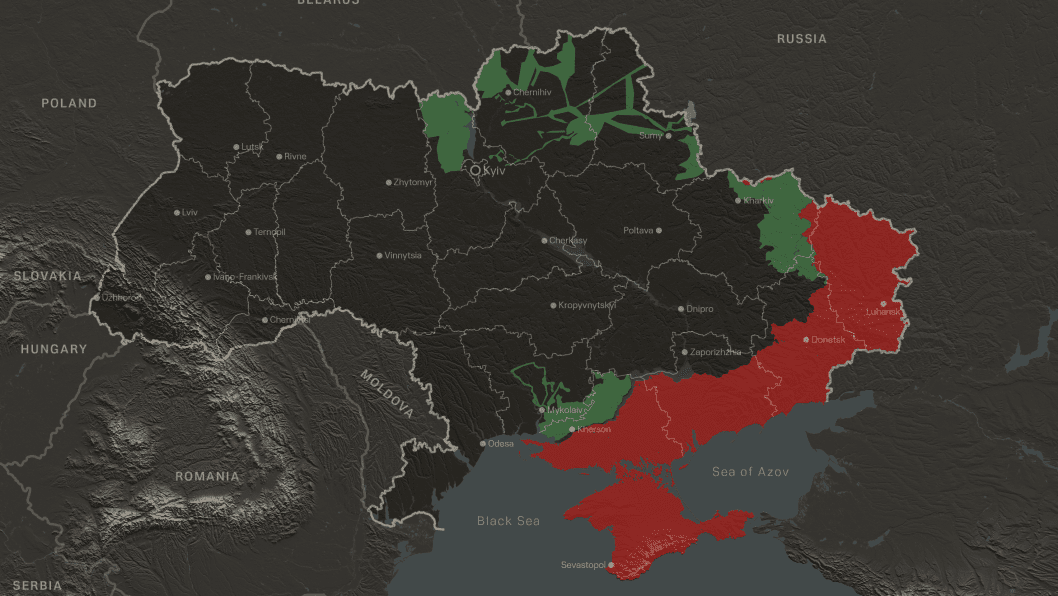
Thousands of soldiers, civilians, journalists, and aid workers have lost their lives since the war began. To curb the bloodshed, more than 50 countries have stepped in to provide critical military aid, including artillery shells, air defense systems, and tanks, helping Ukraine hold the line against a numerically and technologically superior enemy.
If you’re looking for a simple way to get caught up, this next part is for you. Below is a straightforward overview of where things stand: from the intense battles still raging on the front lines to Ukraine’s evolving counteroffensives, daring operations inside Russian territory, and Russia’s continued attacks on civilian infrastructure. It’s a general guide to help you understand the current shape of the war—and maybe inspire you to keep following one of the most consequential events of our time.
Where the war is fiercest
Ukraine’s 1,200-kilometer-long frontline is divided into regional commands called Operational-Tactical Groups, or OTGs. These terms are how Ukraine organizes its forces and resources to fight across such a massive battlefield.
In the east, the Donetsk Luhansk OTG is responsible for some of the war’s most intense and destructive fighting is still happening. Chasiv Yar has become a major flashpoint. The town sits on high ground west of Bakhmut, and if Russia takes it, they get a clear path deeper into the Ukrainian-controlled Donetsk region.
Just south of there, Pokrovsk is under heavy assault. It's a transport hub, a major mining town, and more importantly, it's one of the last major cities Russia needs to claim full control over the Donetsk region after occupying it in 2014. They’re throwing everything at it.
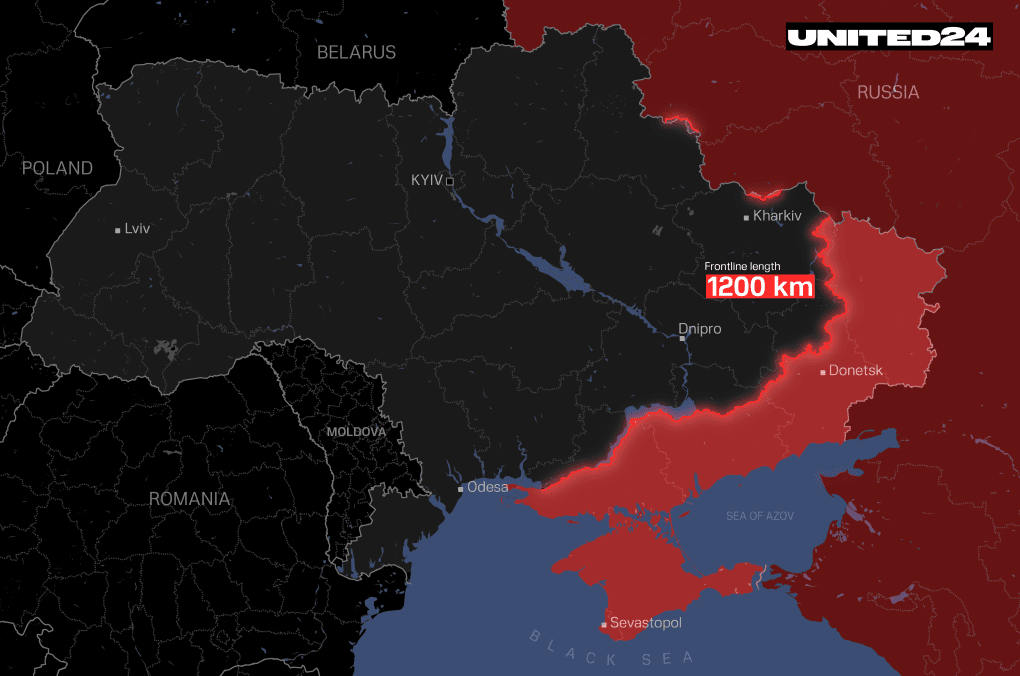
Further south is the Zaporizhzhia OTG, which goes along the Dnipro River. Ukrainian forces are holding a foothold near the town of Orikhiv, where fierce battles with Russian troops are ongoing. This area has become a critical flashpoint, with both sides launching repeated assaults to gain control over key supply routes and strategic positions. If Ukraine can push further here, it could cut into Russian supply lines to Crimea and threaten their hold on the south
In the northeast, near the Russian border, the Kharkiv Starobilsk OTG is pushing back against renewed Russian assaults near the towns of Kupiansk and Vovchansk. These aren’t just distractions, since Russia is trying to stretch Ukraine’s defenses and possibly set the stage for a deeper push toward Kharkiv, the country’s second-largest city. At the very least, they’re trying to move their artillery closer, making life in Kharkiv even more unbearable as the city continues to be hit by heavy-caliber rockets, glide bombs, and drones.
Further north, along the Russian border, the Kursk–Siversk OTG covers the Sumy region and the surrounding border zone. Though this area sees fewer large-scale ground offensives, it remains under constant threat from cross-border shelling, drone strikes, and sabotage attempts. Russian pressure here is meant to keep Ukraine guessing — to force Kyiv to defend everywhere at once and prevent it from concentrating its forces at more active fronts.
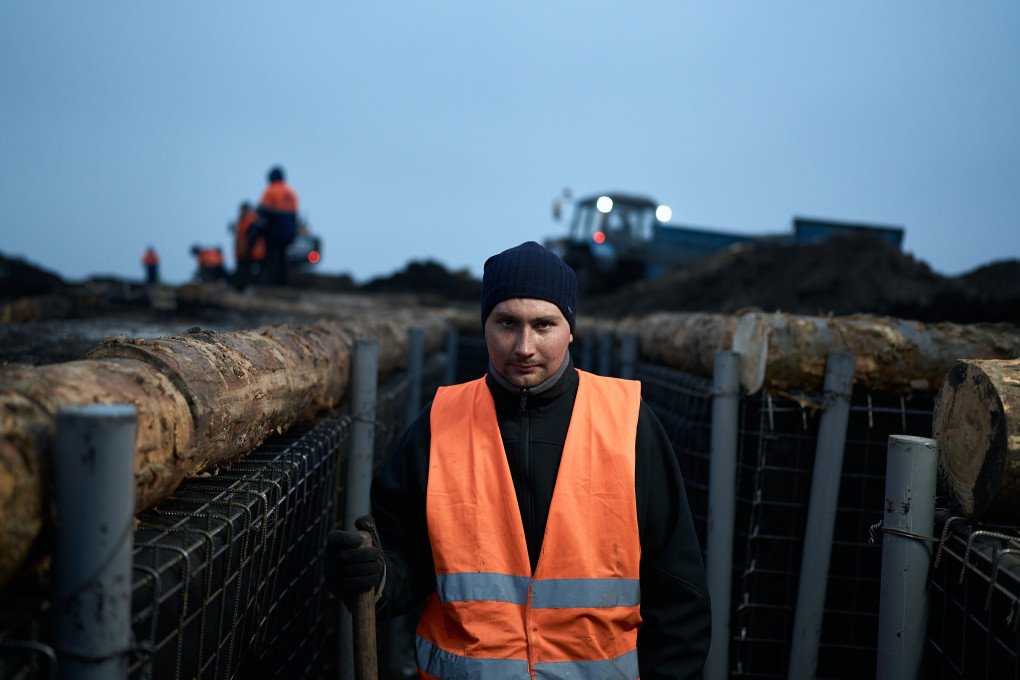
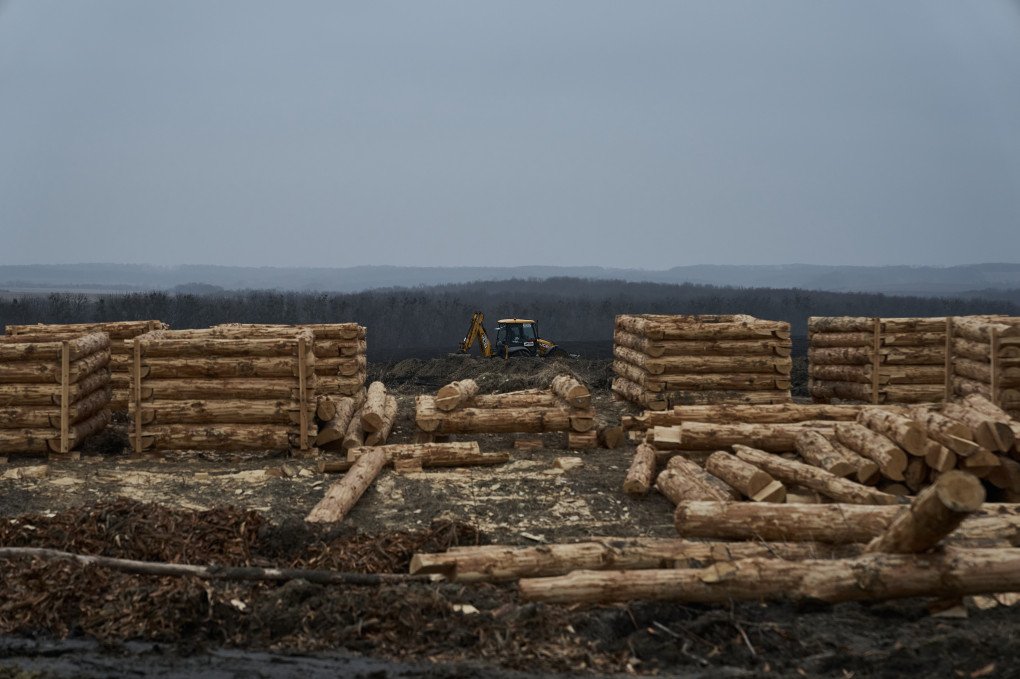
In the Kherson OTG, which also includes operations targeting Russian military sites in Crimea, Ukrainian forces continue to apply pressure along the Dnipro River through raids and long-range drone strikes. Ukraine remains active in the area, aiming to stretch Russian defenses and keep Russian invaders in Crimea, a symbolically and strategically vital region, under threat. The Kherson OTG also defends coastal infrastructure and port cities essential to Ukraine’s economy and global grain exports.
But Ukraine is also fighting in other ways: launching long-range drone and missile strikes against military targets inside Russian territory and Crimea, hitting oil refineries, ammunition depots, and supply lines, and defending cities like Kyiv and Odesa from near-daily air attacks.
What began as a war of tanks and trenches has rapidly evolved into something else entirely — a battlefield dominated by drones. It started with cheap, consumer drones modified by soldiers to drop grenades or crash into Russian military vehicles. Today, drones handle everything from reconnaissance and artillery spotting to air defense integration and jamming enemy signals.
Ukraine now uses autonomous ground drones to deliver supplies, evacuate wounded, and even carry explosives into Russian positions. At sea, unmanned naval drones have destroyed or damaged a third of Russia’s Black Sea Fleet — including the Moskva, the fleet’s flagship.
Taking the fight to Russia
One of the biggest and frankly most surprising shifts in the war has been Ukraine’s ability to launch attacks against military targets inside Russia. We’re talking about boots-on-the-ground raids and long-range drone strikes against targets deep into Russian territory.
On August 6th, 2024, Ukrainian-aligned fighters—including Russian nationals fighting for Ukraine—carried out a surprise incursion into Russia’s Kursk region, which borders Ukraine's Sumy region. It wasn’t a quick raid and retreat like those before. It was a calculated gambit designed to shatter the illusion that Russian territory is untouchable.
However, the operation had a deeper strategic purpose. Ukrainian President Volodymyr Zelenskyy stated that the Kursk operation successfully redirected Russian forces, easing pressure on Ukrainian defenses in Sumy, Kharkiv, and Pokrovsk. He noted that the situation near Pokrovsk stabilized as a result, making it harder for Russian forces to reoccupy the area.
Armed groups crossed the border, overwhelmed local defenses, seized equipment, and filmed themselves doing it. For a brief but dramatic stretch, they operated freely on Russian soil while the Kremlin scrambled to contain the fallout, both militarily and politically.
Russia’s response—just silence, confusion, and the quiet realization that Ukraine had crossed a so-called red line and survived, and that’s the point, at least partly.
Russia has long styled itself as a nuclear superpower with borders too dangerous to breach. But Ukraine, with far fewer troops and less equipment, has found ways to take the fight back across that line. Ukrainian drones have struck oil refineries, airbases, radar systems, and military factories in Belgorod, Kursk, Tatarstan, and beyond. Some attacks have reached targets more than 1,000 kilometers from the Ukrainian border.
These strikes aren’t just symbolic. They’re part of a broader strategy to stretch Russian forces and deny them the ability to regroup. Every time Ukraine hits military infrastructure inside Russia or sends a sabotage group over the border, Russia is forced to move troops, redeploy air defenses, and lock down areas it thought were secure. That’s time, manpower, and equipment not being used to launch another major offensive elsewhere.
Ukraine knows it can’t win this war with brute force alone. It has to stay unpredictable. These incursions keep Russia off balance and, perhaps most critically, prevent it from massing large numbers of troops to launch offensives into potentially vulnerable parts of Ukraine.
But even far from the frontlines, the war is very much present and being fought on multiple fronts, every single day.
Russia’s strikes on civilians
Beyond the battlefield, Russia has waged a second war — one aimed directly at everyday life in Ukraine. Homes, hospitals, schools, power grids, even nuclear plants — nothing has been off-limits. According to the Institute for the Study of War, Russia’s goal isn’t just to win militarily, but to prolong the war, wear down Ukraine’s population, and outlast Western support. It’s a brutal experiment in testing the limits of human will — and so far, Ukrainians have refused to break.
As of early 2024, Russia has damaged or destroyed over 250,000 residential buildings across Ukraine and has displaced more than 3.4 million people. In some cities like Mariupol and Siverskodonetsk, entire neighborhoods—up to 90% of housing stock—have been flattened. Russia has repeatedly targeted schools, damaging or destroying over 576 educational institutions in 2024 alone.
Children now learn in underground shelters or online when power and internet are available. Russia hits hospitals almost as frequently as military sites: the World Health Organization has verified over 2420 attacks on healthcare facilities, killing at least 209 people and injuring 743 more.
Then there’s Ukraine’s energy grid. Russia has systematically targeted Ukraine’s heating and power systems, especially in winter. Since the full-scale invasion began, 18 major heat and power plants, 815 boiler houses, and 152 central heating points have been damaged or destroyed. In one attack alone in late 2024, over a million households were plunged into darkness and cold. The objective is clear: freeze the country into submission.
Perhaps the most dangerous chapter of this campaign has been Russia’s occupation of the Zaporizhzhia Nuclear Power Plant—the largest in Europe. Held hostage since March 2022, the plant has faced shelling, power cuts, and near-misses that could have triggered a continent-wide disaster. It operates under constant threat, often relying on a single external power line to keep cooling systems running.
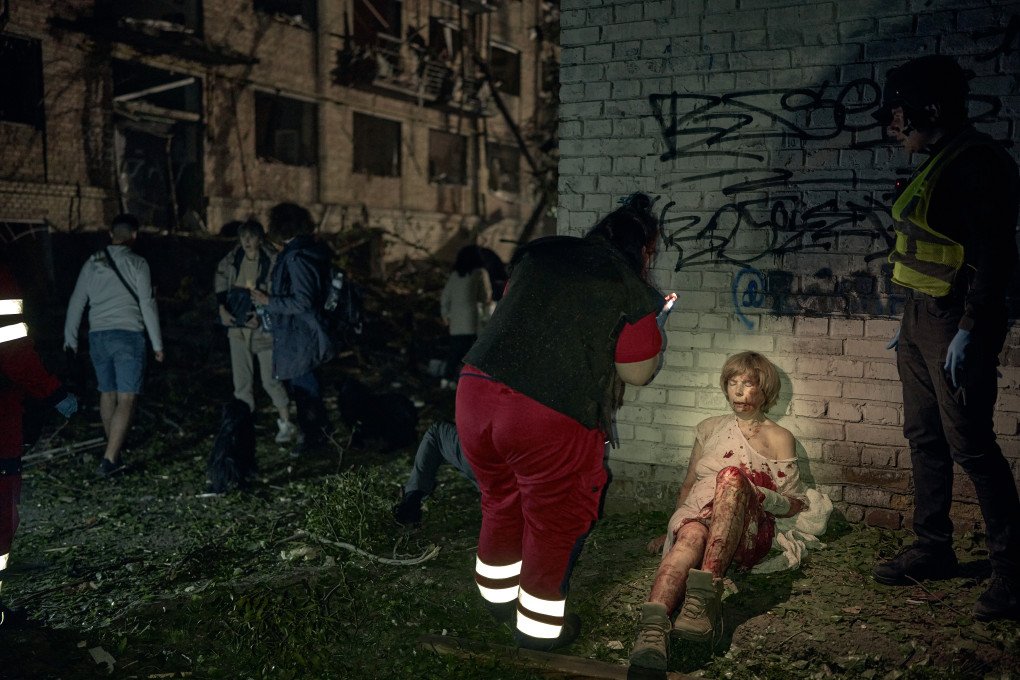
And yet, Ukraine endures. Civilian crews work around the clock to restore power. International partners help fund reconstruction and keep the economy from collapsing. Aid groups deliver supplies, rebuild schools, and repair homes as fast as they can. There’s even a push to modernize, decentralizing energy grids and building in renewables to make the country less vulnerable in the future.
This war isn’t just being fought with missiles and drones. It’s being fought in kitchens with candles, in basements turned into classrooms, in hospitals running on backup generators. And in every corner of the country, the message remains the same: Ukraine is still standing, and the war is nowhere near over.
Ukraine, together with the United States and other international partners, has repeatedly and publicly pursued ceasefire negotiations with Russia. From early efforts in 2022 to more recent diplomatic outreach in 2024 and 2025, the Ukrainian position has remained clear: peace is on the table, but not at the cost of its sovereignty or territorial integrity.
Russia, however, has either refused to engage seriously or used the talks as cover to regroup and continue its assaults. Despite mounting international pressure, Moscow has shown little interest in ending the war, choosing escalation over peace with every opportunity.


-531fe8d92c87f1630d3f1a2503c33089.png)
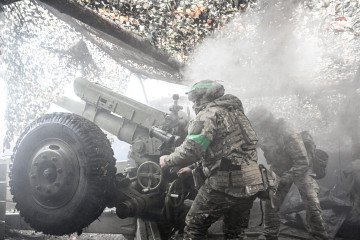
-29a1a43aba23f9bb779a1ac8b98d2121.jpeg)
-886b3bf9b784dd9e80ce2881d3289ad8.png)

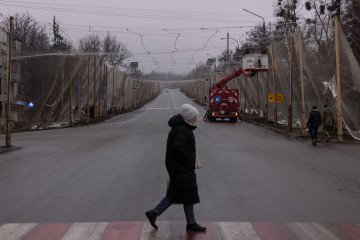
-f88628fa403b11af0b72ec7b062ce954.jpeg)